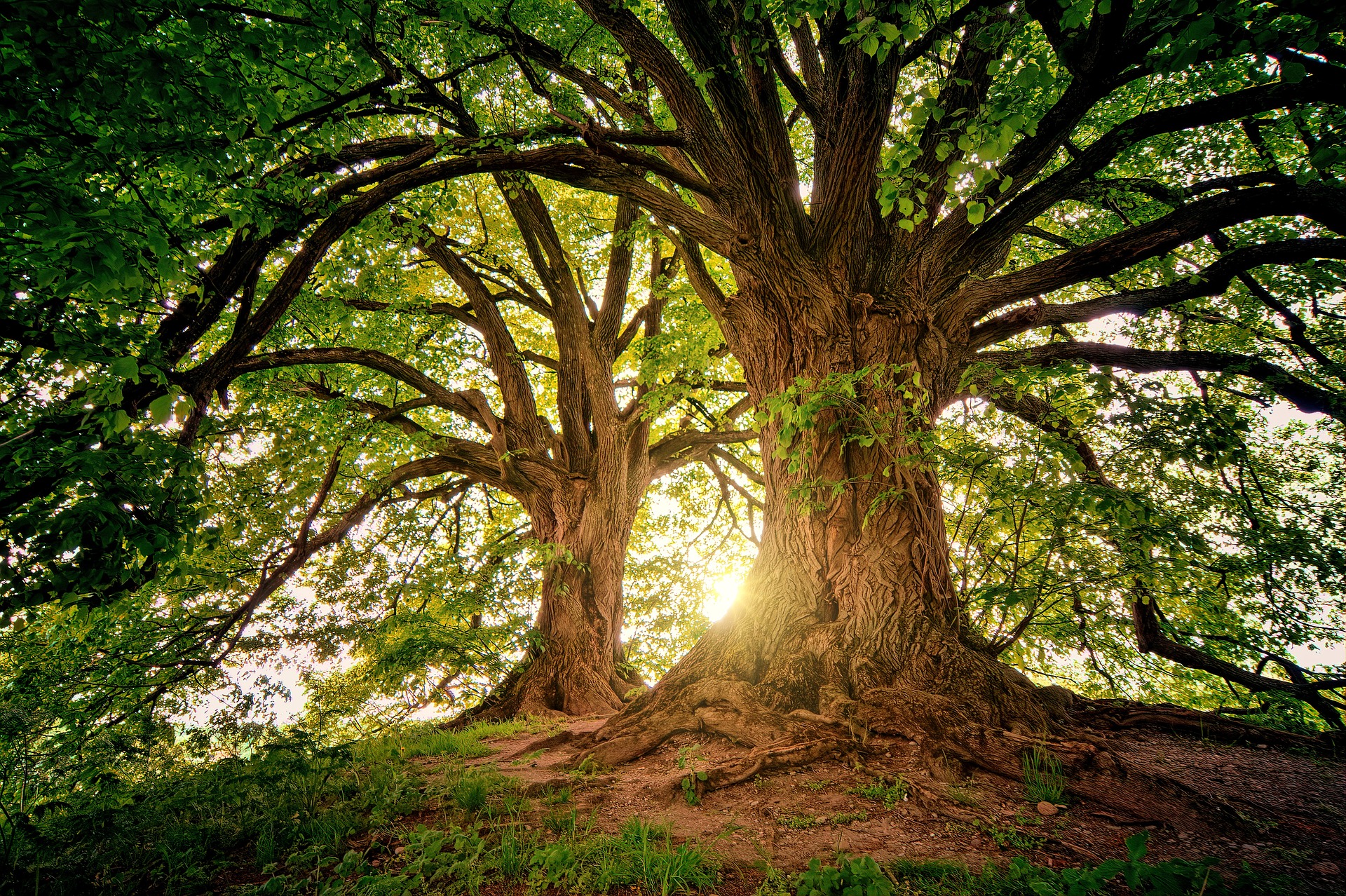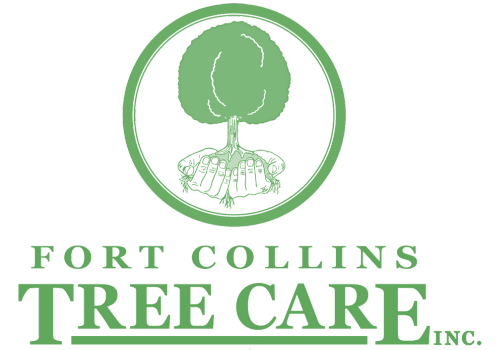ARE YOU READY FOR SOME HELP?
Damage caused by spruce gall adelgids (woolly aphids)
Spruce Galls are often found on the tips of blue spruce branches and twigs. Very heavy infestations may cause slower or distorted tree growth, but they usually don’t harm the tree. The galls are created by small aphid-like insects, the Cooley spruce gall adelgids or woolly aphids. The woolly aphids feed on Douglas fir needles, causing yellowing, bent needles and sometimes the needles drop from the tree.
Image by: Ronald S. Kelley, Vermont Department of Forests, Parks and Recreation, Bugwood.org
How to identify spruce gall adelgids (woolly aphids)
Woolly aphids create a gall on spruce trees. The spruce galls look like a 2″ to 4″ long cucumber growing from a branch, light green in the spring, but turning brown by July as they dry out. The woolly aphid nymphs are light brown to black, have a flat oval shape, and produce a white wax. On Douglas fir trees, the adult woolly aphid looks like a tiny bit of cotton at the base of a needle, about 1mm long, and its feeding causes yellow spots and bent needles.
Image by: Whitney Cranshaw, Colorado State University, Bugwood.org
Life cycle of the spruce gall adelgids (woolly aphids)
Woolly aphids require two hosts to complete their normal life cycle, a spruce tree and a Douglas fir tree.
Female woolly aphids overwinter on spruce trees, under young spruce branches. They mature and lay a few hundred eggs near spruce buds in the spring. These eggs hatch in about 20 days when the buds open and the nymphs move to the base of the new needles and start feeding. The saliva of the woolly aphid larvae causes the spruce tree to form a gall that they can live inside and eat. The galls look like a 2″ to 4″ cucumber-shaped growth, starting off green in the spring and early summer and turning brown when they dry out.The woolly aphids mature by mid-summer, when the galls dry out, open and release the winged adults. Most of the adults will fly to Douglas fir trees.
The woolly aphids lay eggs on the Douglas fir needles. The young feed and reproduce, creating several generations by late summer, when some of the woolly aphids grow wings and fly to a spruce tree and lay eggs. Some of them continue breeding and overwinter on the Douglas fir trees.
Image by: Whitney Cranshaw, Colorado State University, Bugwood.org
How to control the spruce gall adelgids (woolly aphids)
The spruce gall is usually harmless and control is not needed, but you may want control them to prevent aesthetic problems.The woolly aphids need both Douglas firs and spruce trees, so the population will be reduced if you have only one or the other type of tree. The best time to spray your spruce tree with insecticide is in the spring before new growth appears or in the fall when the woolly aphids have returned to the spruce tree, because insecticides are not very effective after they have moved into the galls.













